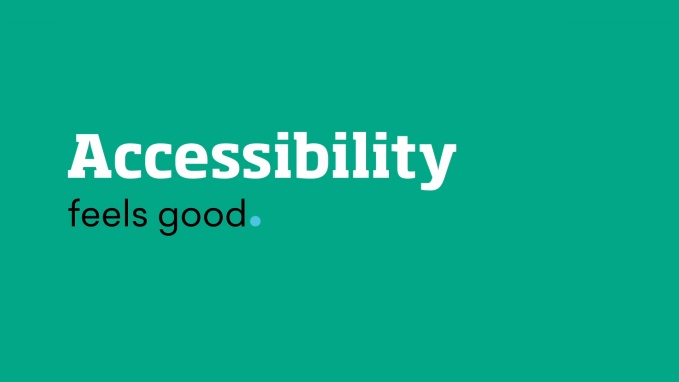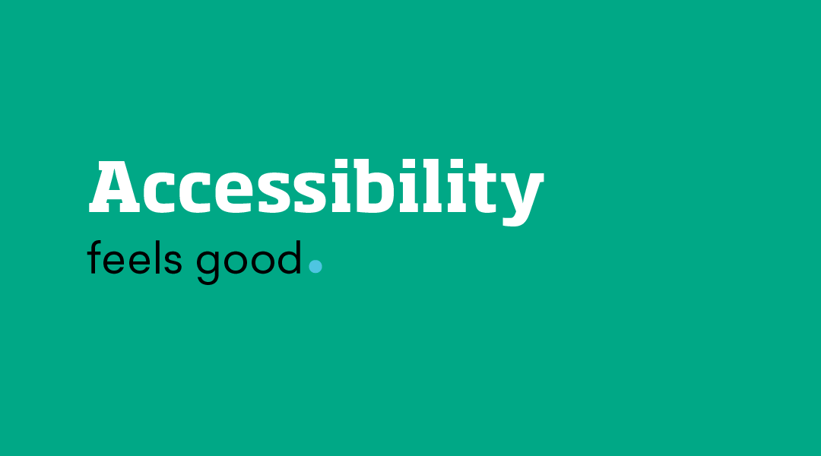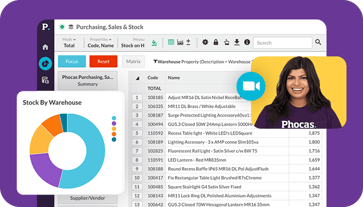How to get data access and visibility across an organization
Companies generate huge volumes of data every day from a variety of sources and departments. In most cases, the data is stored in disparate silos that make it difficult to aggregate and use the data to enhance the business. Information is becoming critical to help companies understand how they are performing as a whole and at a micro level - "what customers are up and which ones are down." One way to achieve data accessibility is to invest in data analytics as this solution will provide the bandwidth to bring your disparate sources together - into what is called - a single source of truth.
The benefits of data accessibility are enormous and as more workers are selling remotely or working from home means people can be productive from anywhere with the right data.

1. Data frequency
Legacy systems and technology infrastructures are typically assembled to deliver month-by-month and/or annual reporting, leading to an out-of-date analytical process. Your business is collecting data every minute of every business day. Reporting and analytics is a process that needs to happen in real-time at any time.
A data analytics system can show any period you need to review results, show customers sales reports or forecast future performance.
"It is having information easily accessible for especially our sales managers in managing their teams, rather than having to wait for somebody to run the data. Because they do weekly "RAT (review and target) meetings" and they used to sit right next to their salesperson and now they do it remotely, but it's being able to access that data quickly to talk about how that salesperson is doing and areas they can go focus on. Before it would be weeks before somebody else would have to run that data for them, and now they can just get it up till yesterday's data."
2. Speed of reporting
Many businesses continue to use outdated reporting processes because they don’t have access to the data they need to do it themselves or their software is too old or too hard to use.
The reporting process requires intervention with the IT department who documents the request and delivers the reports the next day via email or hard copy. In some cases, the software or the custom reports could take days or weeks to run, based on the schedule and availability of the IT personnel responsible for running them.
By updating to an easy to use data analytics systems, reporting can be done by anyone who needs it. It is instantaneous and no longer a laborious and time-consuming process. This helps shift the efforts of sales, product development, finance and other teams from running reports to more critical activities of data analysis and business management.
"Sales want to know where they are at with customers. The tool allows self-service reporting which is great so people don't come to IT for reports."
3. Robustness of system
It’s no secret that for many legacy infrastructures, the more users, the slower the systems.
Heavy use of a reporting system by multiple users can slow down its response time and theoretically shut drag the speed of business to a sales pace. Many legacy or homegrown ERP systems were not designed to serve growing enterprises, and even with regular patching, can’t keep pace with the modern requirements of large sales teams and remote workers who need access from any location and any device.
A modern, easy to use data analytics solution can easily accommodate company-wide use from in-house computer systems or any of today’s broad range of mobile devices, tablets, and other electronic mediums. Flexible and scalable systems with broad connectivity ensure widespread and reliable use from a variety of channels across the company.


Empowering businesses with intuitive data analytics, driving informed decisions for growth and profitability. We make people feel good about data.
Related blog posts

How can you maximize the business benefits from your enterprise resource planning (ERP) system? You get there by rethinking ERP reporting as a layered reporting system that turns ERP data into real-time insights, not just historical outputs. For years, enterprise resource planning platforms have been the backbone of manufacturing, distribution and retail because they capture orders, inventory, invoices and financial data in one place. Yet the price and effort of implementing ERP software has often led business people to question whether the company is getting the value they expected. It depends on how well people can access, analyze and act on the information inside the ERP system and related data sources.
Read more
Customer segmentation has been around for decades, but in many organizations, it’s still underutilized. Done right, it’s one of the most powerful tools to help sales teams focus their time and energy, optimize resources and improve the customer experience.
Read more
Picture a football coach preparing for the big game. He watches game‑tape, studying player metrics, analyzing every play and using real‑time stats to inform strategy. That’s exactly how sales managers and sales leaders should approach their coaching program—with a data‑driven approach.
Read more
Sales professionals operate in face-paced environments with savvy customers who have a lot of choice. Whether you're in B2B sales or working with consumers, the sales process is challenging with longer sales cycles, more decision-makers and higher expectations for follow-up and advice. To stay competitive, sales reps and sales teams need the best sales tools to reduce administrative tasks and improve sales team performance.
Read moreBrowse by category

Find out how our platform gives you the visibility you need to get more done.
Get your demo today